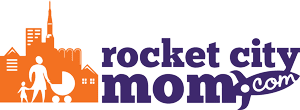Books About the Birds & Bees for Toddlers & Preschoolers

As a parent, I feel that one of my responsibilities is providing my children with comprehensive and accurate information about sex. That’s a far-ranging topic with a lot of nuance, so while I expect this to be something we discuss often as opportunities and questions arise, it’s also something I wanted to be sure to start early. I figured if I could get that awkward first conversation out of the way while my boys were still too young to remember it it would be a win-win. Not only would it just be something they had always known, but I could get some practice. Hopefully later conversations would be less awkward and more matter-of-fact. Books seemed like the perfect way to introduce the topic. They could do the heavy lifting in terms of precise wording and it would be easy to incorporate the discussion into our daily routines since we already read regularly.
I figured I was one short Amazon search away from being able to check this off my to-do list.
Unfortunately, what I found (or rather didn’t find) left me puzzled. Reproduction, as a topic, was left out of books on basic biology entirely and segregated to its own books. And even in those books, descriptions were vague as to what information was actually included and how it was presented. Many bookstore visits and hours of research has resulted in a book list I’m happy with. I thought I’d save you some trouble and share what I found.
My Book Criteria
My twins are 2.5, so my ideal book would:
- Have a basic overview of many body systems, including reproduction as simply another cool thing our bodies do.
- Be factual, using proper names for body parts and showing clear illustrations, no vague metaphors or amorphous hints.
- Be morally neutral. I want to be able to discuss my values around sex with my children using the information in the book as a starting point.
- Offer jumping-off points for things slightly out of the “standard” story such as c-sections, ivf, adoption, etc.
- Be brief enough to be inline with their attention spans.
- Be a board book so I could leave it out on the bookcase for them to explore/select for reading.
I didn’t find any book that did everything I wanted, but some were better than others. Behold, the results!
Books About the Birds & Bees for Toddlers & Preschoolers
Amazing You!
Amazing You! by Dr. Gail Saltz and Lynne Avril Cravath
An approachable book with clear and factual information. Although brief, it covers using proper names for body parts, masturbation, puberty, conception, and birth. Sex is alluded to but not addressed directly. Detailed illustrations of both male and female reproductive systems provide a clear idea of how everything connects. My only quibble on that front, the book introduces the idea of urinating through the urethra as being separate from the reproductive system but it doesn’t show the bladder or urethra in any of the diagrams. The illustrations feature a good mix of white and black children and adults but few other races.
Pros: Straight forward, factual information, clear and complete illustrations, each topic is covered in a few sentences so it’s not too wordy or convoluted.
Cons: soft cover book, no “non standard” topics such as c-sections, ivf, adoption, etc.
Sample Text: “When a man and a woman love each other and decide that they want to have a baby, a man’s sperm joins with a woman’s egg.”
Verdict: This was my top choice in terms of clear, concise information that is most closely aligned with my boys’ attention span.
It’s Not the Stork
It’s Not the Stork by Robie H. Harris and Michael Emberley
A long (56 page) book presented with help from Bird (who is eager to learn) and Bee (who would rather not). This book is both factual and comprehensive, the extra length means they include many topics and devote 1-2 pages to each of them…puberty, different kinds of families (adoption, fostering, single parents, etc), good and bad touches, taking care of babies (they like to be cuddled!). Some topics are covered in “comic book” style spreads, others with text and illustration or diagrams. Sex is discussed explicitly,. IVF is also described though not named.
Pros: Factual and comprehensive information on a wide variety of reproduction related topics, an index and a table of contents to make finding information easy.
Cons: Very wordy and a LOT of information. The cover says for kids 4+ and it’s definitely more than my boys can sit through at 2.5. The volume of text is such that it will probably be a bit longer before it holds their attention even for verbal summaries.
Sample Text: “When grownups want to make a baby, most often a woman and a man have a special kind of loving called “making love” – “having sex” – or “sex”. This kind of loving happens when the woman and the man get so close to each other that the man’s penis goes inside the woman’s vagina”.
Verdict: This isn’t the book I need right now, but I’m definitely hanging onto it for when my boys are a little older.
My Amazing Body
My Amazing Body by Ruth Martin and Allan Sanders
This is a lift-the-flap board book which covered multiple body systems and includes reproduction! However, it’s a short book and the discussion on reproduction is just one page. Sex is skipped entirely, with the text simply beginning “Human babies start life inside their mothers”.
Pros: Sturdy board book with interactive flaps, covers multiple body systems, shows fetal development
Cons: No mention of sex or birth
Verdict: I’ll add it to the bookshelf and see if it catches the interest of either of my boys. It’s a nice general introduction to the human body.
What Makes a Baby?
What Makes a Baby?by Cory Silverburg and Fiona Smyth
This is a book which bills itself as “a book for every kind of family and every kind of kid”. They make a clear attempt to be inclusive. The language in the book refers to bodies with sperm/eggs instead of men/women, the illustrations are of brightly colored people (think green, blue, purple, etc). The illustrations of the egg, sperm, and uterus are clearly recognizable and both vaginal births and c-sections are shown. However, sex is never mentioned, instead an obtuse metaphor is used where the sperm and egg dance and talk for so long they become one thing. This seems unnecessarily confusing.
Pros: Hardcover book, inclusive language, asks questions meant to get the adult and child talking about that child’s specific circumstances (ie: Who was happy that it was YOU who grew?), discusses c-sections.
Cons: Vague descriptions of how conception happens and what a sperm and egg actually are.
Sample Text: “When an egg and a sperm meet, they swirl together in a special kind of dance. As they dance, they talk to each other.”
Verdict: I appreciate the author’s goal of being inclusive and representing all families and kids but I was disappointed in the confusing metaphors. This won’t be going into regular rotation for us.
What about you? Have you found any great books for discussion reproduction with toddlers or preschoolers? Share in the comments and let me know what other books I should check out!
You Might Also Like…
- Beating the Bed Rest Blues
- Skincare for Babies: Ask the Expert
- How to Survive Traveling with Small Kids






